
LGBT
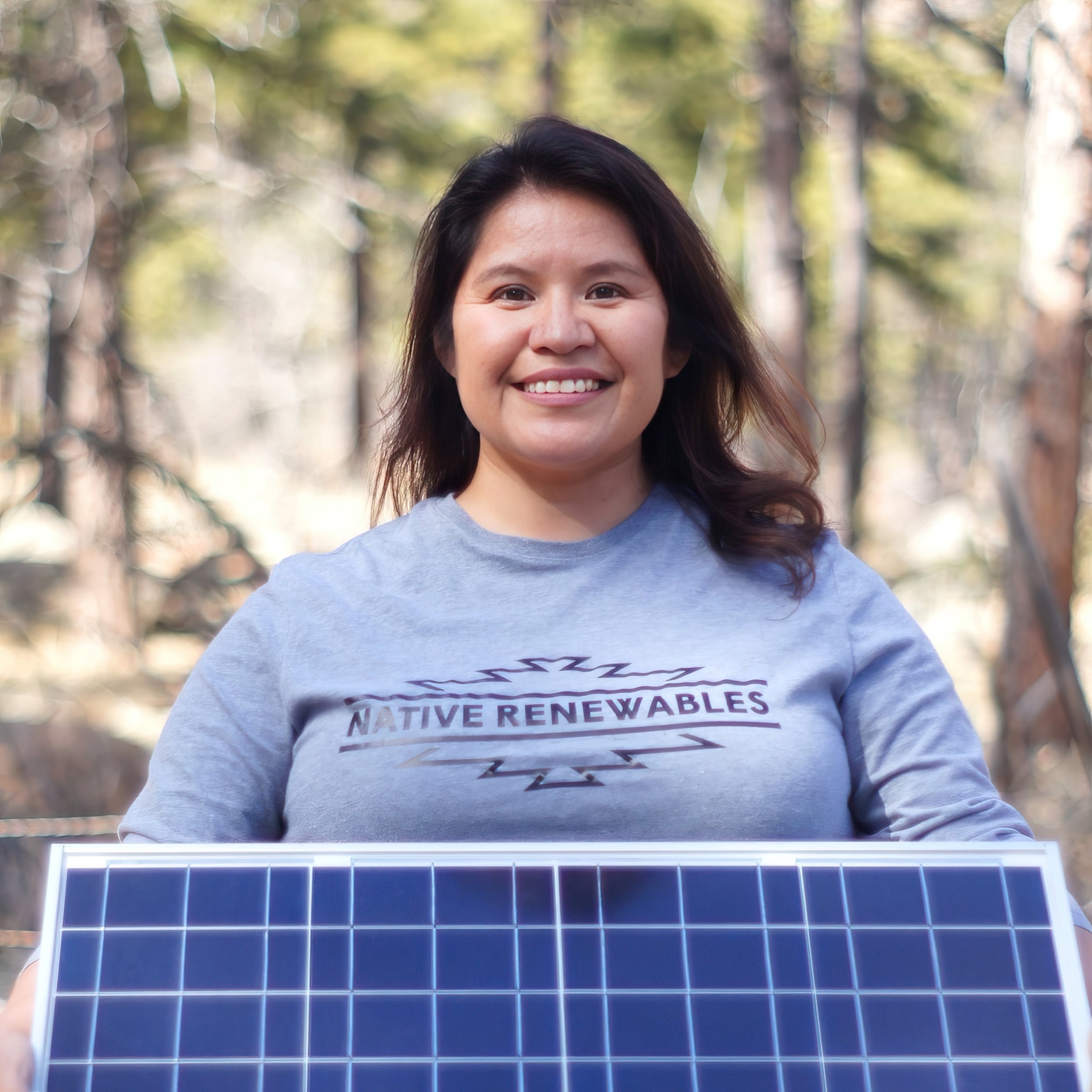
Years ago, Suzanne Singer, founder and executive director of Native Renewables, a Tides Foundation WE LEAD grant recipient, thought she found the solution to her problem.
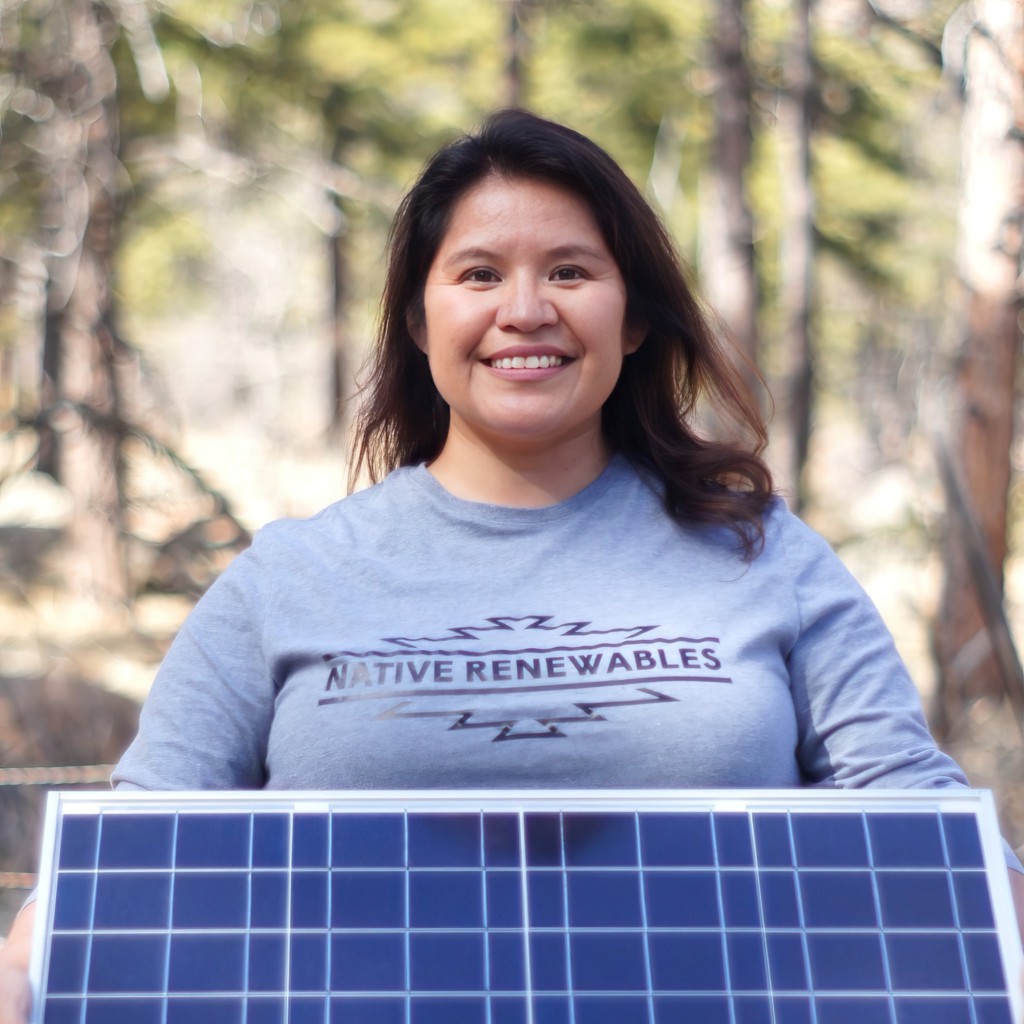
Suzanne Singer, Founder/Executive Director, Native Renewables (Photo from Tommy Greyeyes)
Singer was working on her thesis to earn a Ph.D. degree in mechanical engineering from UC Berkeley. Such a challenging task would require her to spend several intensive months writing to complete her thesis. What she needed was peace and quiet away from the urban distractions of her life in Berkeley, California. The answer seemed obvious. She would go live and work at her grandmother’s house set on remote Navajo land in Arizona. But it didn’t take long before the light dimmed on Singer’s idea.
Her grandmother’s house didn’t have electricity, which was the rule, not the exception, in this remote area where no one was connected to the electrical grid. Singer began to envision the reality of working without electricity. Even if Singer had brought with her a portable solar charger, it was likely she wouldn’t have enough power to keep her laptop charged for her long workdays. And no power meant no internet. What’s more, without electricity, her grandmother’s house didn’t have refrigeration, so instead of stocking up for a week’s worth of food, Singer would regularly have to interrupt her workdays to make the two-hour round-trip drive to the closest grocery store.
Singer abandoned the dream of going to her grandmother’s house and instead finished her Ph.D. in Berkeley. She then launched her career, landing an internship with Sandia National Laboratories’ Tribal Energy Program and a post-doc position as a staff engineer at Lawrence Livermore National Laboratory.
But she never abandoned her concern about her grandmother’s situation, living as most people did in the U.S. 100 years ago without electrical power, a grim reality in today’s Native American households. “About one in five homes lacks access to reliable energy,” says Singer. That’s an estimated 13,000 homes on Navajo and Hopi nations — which span across Arizona, New Mexico, and Utah — that go without this most basic necessity. It may come as a surprise to most Americans that almost all U.S. households are connected to the electrical grid. But remarkably, infrastructure has not been built to provide a large number of Native Americans with on-the-grid power.
About one in five homes lacks access to reliable energy. That’s an estimated 13,000 homes on Navajo and Hopi nations — which span across Arizona, New Mexico, and Utah — that go without this most basic necessity.
Suzanne Singer, Founder/Executive Director, Native Renewables
This shocking fact inspired Singer’s life-changing moment. When attending an energy conference, Singer met Wahleah Johns who is also a Navajo woman. “We realized that we shared a passion and desire to help our communities,” says Singer. “We both saw a massive inequity that existed.”
Over the next few years of brainstorming, Johns and Singer arrived at the idea of creating an organization that would bring off-grid solar power to their communities. Johns had a background in the nonprofit world and community organizing. Singer had mechanical engineering expertise. So in 2016, they joined forces and co-founded Native Renewables, a nonprofit setting out to empower — in every sense of the word — Navajo and Hopi people so that they have a reliable source of energy.
“Our mission has been to empower Native American families to achieve energy independence with off-grid solar power,” says Singer. For decades, they’d been relying only on expensive and limited energy sources like gasoline and kerosene and propane tanks. Plus, Singer points out, especially during the pandemic, refueling became more difficult. “Lack of refrigeration impacts families, especially elders, who need to store medicine.” As well, kids had no access to the internet when most schooling was online, making the population even more disenfranchised and disempowered.
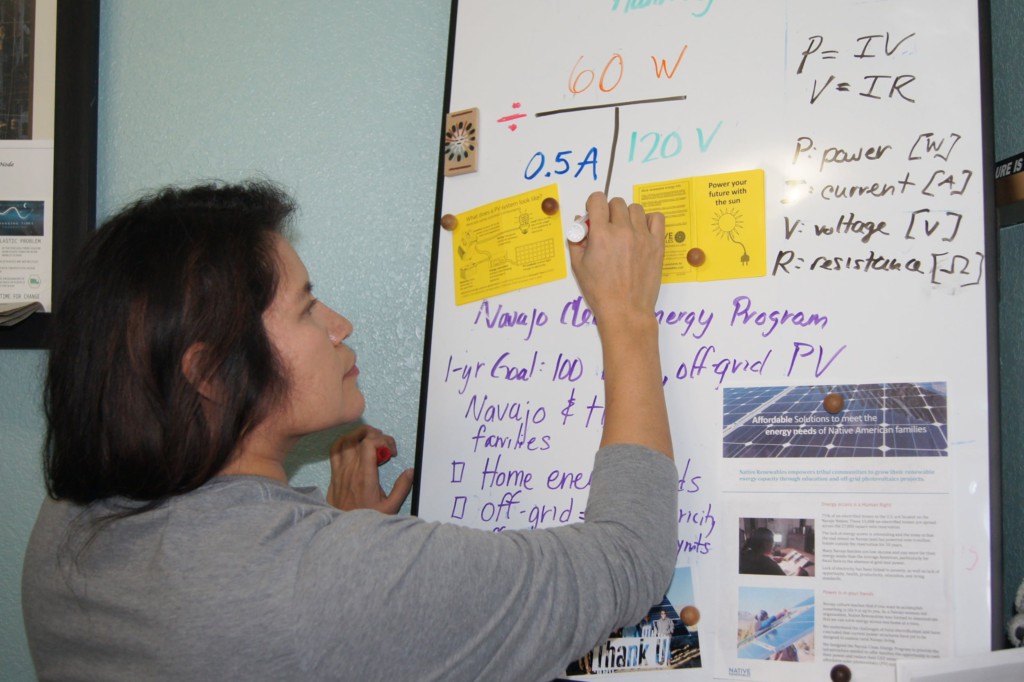
“We realized that we shared a passion and desire to help our communities. [Wahleah Johns and I] both saw a massive inequity that existed.” (Photo from Tommy Greyeyes)
Native Renewables’ method to provide power has a unique twist that’s making all the difference in creating a sustainable solar program: The nonprofit is run by the very people who live on Navajo and Hopi lands. Historically, outside consultants and contractors would install systems but then leave without providing ongoing support. “It was hard for families to get in touch with these companies since they were out of state,” Singer explains. “From these bad experiences, families were really frustrated that they couldn’t get a hold of someone to fix their panels. The unfortunate outcome was they thought solar doesn’t work.”
Conversely, Native Renewables makes regular upkeep and repair an integral part of their nonprofit. This was done by training Navajo and Hopi people, who did the installing and repairing themselves. “We have built a robust education and training program that’s critical to the sustainability of off-grid solar,” says Singer. Now Native Renewables employs 15 staff members and is growing exponentially, given that in 2021 they had only four. Their education and training program is also expanding regionally. Says Singer, “We have gone as far as Alaska and South Dakota.”
Their education program includes making sure the residents who have Native Renewables solar installations understand its benefits and limitations. “You can only use as much power as your system can generate and store,” says Singer. “This depends on how many solar modules and how much battery storage you have.”
As for their workforce program, it’s providing much-needed jobs to a population that suffers from massive unemployment. It’s not lost on Singer that as coal energy has been phased out, coal jobs — dangerous but essential to their livelihood — have in the past few decades all but disappeared. She also notes that the coal extracted by Navajo and Hopi workers powered millions of homes in the American Southwest. Meanwhile, the Native people had no electricity themselves.
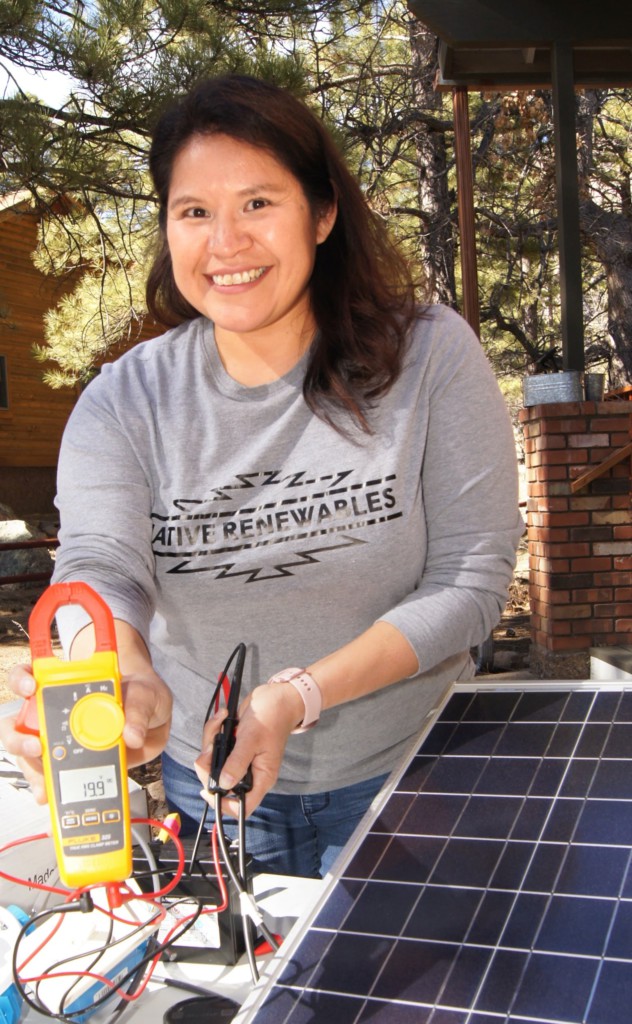
“There are a lot of native-led organizations being led by female native women. I absolutely love that, it’s amazing.” (Photo from Tommy Greyeyes)
Seven years into launching Native Renewables, Singer says she is thrilled by how much her recent Tides Foundation grant from the WE LEAD fund has helped her organization grow so they can train and hire more Native American employees, install more off-grid panels in more and more homes, teach residents about how the solar installations work, and build a sustainable organization. “The flexibility of Tides’ support has been phenomenal,” says Singer, who appreciates that her team has had autonomy to use the funding as they see fit, like renting sufficient office space as their staff grows and paying for essential professional development. “The grant has exceeded our expectations in terms of the number of programs and types of projects we’ve developed.”
Singer says she’s also so proud that hers is a women-run organization, which is part of a national movement fueled by women of color playing a significant role in the fight for environmental and climate justice. It’s significant, too, she notes, that the Navajo and Hopi are matrilineal societies, so it’s fitting Native Renewables is led by women. “There are a lot of native-led organizations being led by female native women. I absolutely love that, it’s amazing.”

LGBT
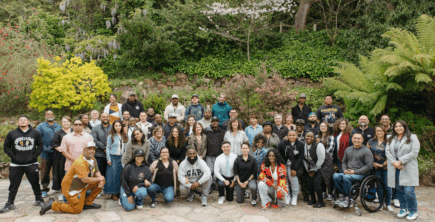
Corporate Partners

Philanthropy

Read the stories and hear the voices of social change leaders fighting for justice.